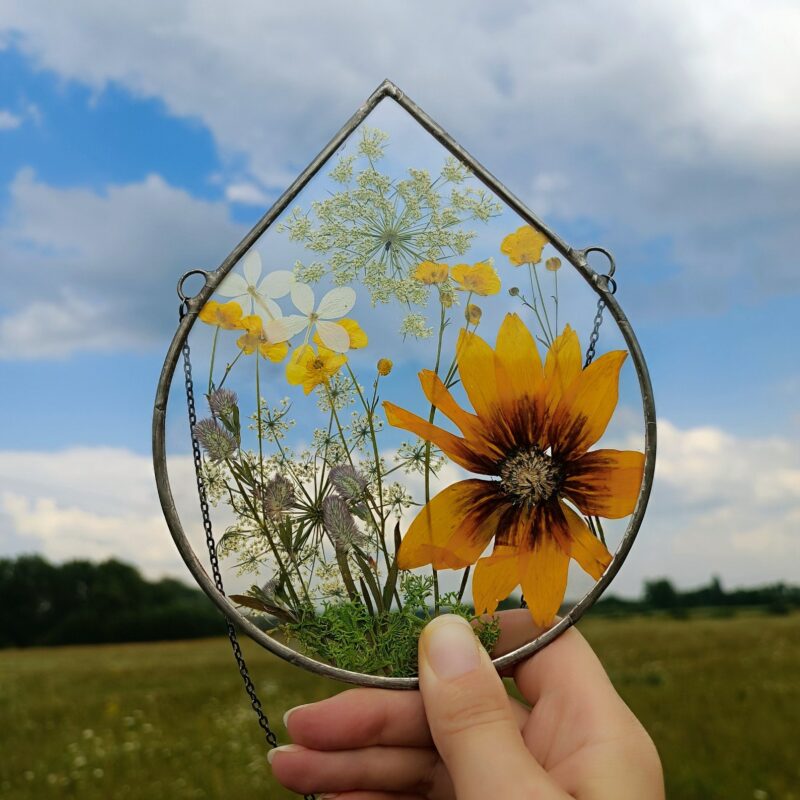Home Decor
Maximizing Small Living Spaces
In urban environments and contemporary housing markets, small living spaces are increasingly common. Designing these spaces to feel larger and more functional requires strategic planning, clever storage solutions, and a good understanding of design principles. This comprehensive guide will explore effective methods for maximizing small living spaces, making them feel cozy, spacious, and aesthetically pleasing.
The Challenges of Small Space Living
Small living spaces present several challenges, including limited storage, restricted living areas, and the difficulty of maintaining an organized and clutter-free environment. However, with the right design strategies, these challenges can be overcome to create a living space that feels both open and inviting.
Design Principles for Small Spaces
1. Scale and Proportion:
Choosing furniture that fits the scale of the room is crucial. Oversized furniture can make a small space feel cramped, while furniture that’s too small may seem impractical.
2. Light and Color:
Utilizing light colors can make a space feel bigger and brighter. Pale walls and floors reflect more light, enhancing the sense of space. Mirrors can also be strategically placed to expand visual perception and reflect light.
3. Multi-functional Furniture:
Furniture that serves multiple purposes can save space and eliminate clutter. Items like Murphy beds, convertible sofas, and extendable tables are ideal for small spaces.
Tips for Decorating Small Spaces
1. Declutter Regularly:
In small spaces, clutter can accumulate quickly. Regular decluttering is essential to maintain a sense of space and order. Only keep items that serve a purpose or bring joy.
2. Use Vertical Space:
Vertical space is often underutilized. Installing shelves up high can help store items without sacrificing floor space. Tall, slender furniture can also draw the eye upward and make the ceilings appear higher.
3. Choose Light and Reflective Materials:
Materials that reflect light, such as glass and metal, can help make the area feel larger. Glass coffee tables or metallic fixtures can add functionality without visual weight.
Storage Solutions for Small Spaces
1. Hidden Storage:
Furniture with built-in storage can help hide clutter. Look for ottomans with storage inside, beds with drawers underneath, or coffee tables with hidden compartments.
2. Organizational Tools:
Using organizational tools like dividers in drawers, baskets in shelves, and hooks on doors can maximize storage efficiency. Every item should have a place, reducing the likelihood of clutter.
3. Dual-purpose Areas:
Design areas to serve dual purposes. A dining area can double as a workspace with the right furniture, or a window sill can be transformed into a cozy reading nook with added cushions and storage underneath.
Lighting Techniques for Small Spaces
1. Layered Lighting:
Use a combination of ambient, task, and accent lighting to create depth and interest. This can make a space feel larger and more dynamic. Avoid large floor lamps and instead opt for wall-mounted lights or recessed lighting.
2. Natural Light:
Maximize natural light by keeping windows unobstructed. Use sheer window treatments or none at all to let in as much light as possible.
Decorating with Color and Texture
1. Monochromatic Color Schemes:
Using different shades of the same color can create a seamless look that opens up space. Accent textures and materials can add depth and interest without the clutter of multiple colors.
2. Accent Details:
Small spaces benefit from minimal yet bold accent pieces. A single colorful artwork, a vibrant throw pillow, or a unique lamp can serve as a focal point without overwhelming the space.
Space-Enhancing Layouts
1. Open Floor Plans:
An open floor plan can make a small space feel much larger. Limit physical barriers within the home to create a more flowing, interconnected space.
2. Furniture Placement:
Place large pieces against walls to maximize open floor area. Consider the flow of movement to ensure the space doesn’t feel cramped.
Conclusion
Designing small spaces requires careful consideration of furniture, color, storage, and layout. By embracing these strategies, even the smallest spaces can feel spacious, functional, and stylish. The key to successful small space living lies in the balance between aesthetics and functionality, creating a home that is as practical as it is beautiful. Whether you are renovating a tiny apartment or looking to improve the functionality of a compact area, these tips can help transform your small space into a comfortable, inviting home.

 Save 26% Today Only!
Save 26% Today Only! 

